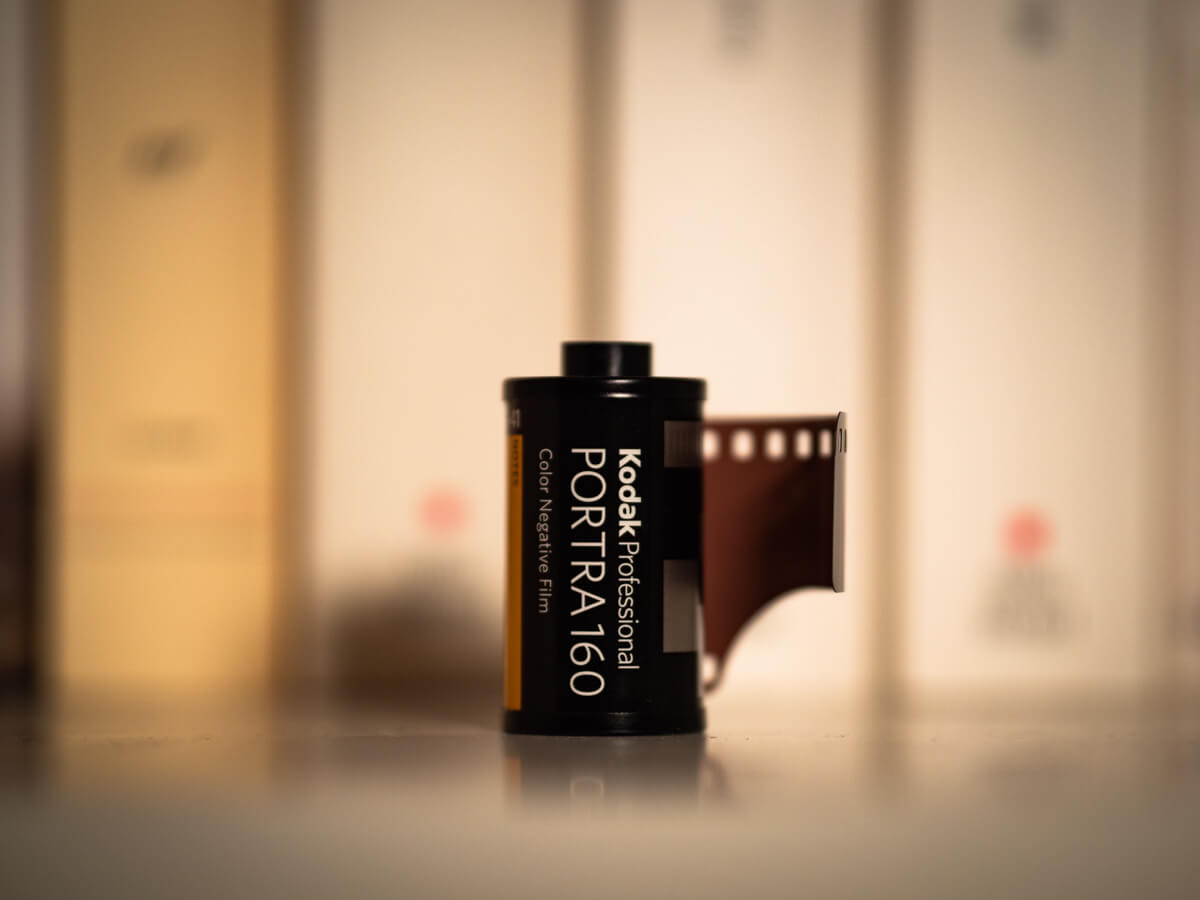Autumn is always a great time of the year up there in the mountains. You can be pretty sure to find great colors and different atmosphere. Since last year when I started to get into film photography, I used to carry a film camera alongside a digital one during our outdoor adventures and projects. I take mostly portraits, behind the scenes and mood shots with it. It’s a plus, the extra shots that looks cool to be added or kept for yourself. They are a nice souvenir and a great way to step out from the rush of shooting digital when results are expected to be delivered.
But this time, I wanted to experiment something different and shoot some action.


I started shoting film on an Olympus OM2n, but then one of my friends offered me a Canon A1. The Canon FD 50mm f/1.8 lens is definitely sharper than the Zuiko 50mm f/1.8, and after adding the extra grip and fixing the squealing shutter, the Canon A1 became the one I’m using most.
After trying some films this past month in late 2020, I set my choice on Kodak Portra 160; for me, the perfect blend of tones and fine grain. As it was not too cloudy, the film’s speed was also good to be used with a decent shutter speed, even if I had to pushed it a bit to be sure to have a good speed and freeze the action for some pictures.





It wasn’t an easy task to focus manually on moving subjects, but the nice viewfinder of the Canon definitively helped. As the speed in uphill segments is more easily manageable, downhill remains a game of anticipation: knowing where to take the frame, framing quickly, reload and try to take couples while readjusting the focus. It was a nice experience to document a riding day in all its aspects, and not do only ‘static’ pictures.
I was a bit anxious when I received the scans. Of course, you can’t check your focus after taking the pictures, and it’s something that is a bit worrying when speaking about action photography. I was afraid that all of the shots would be blur and/or out of focus. But when I received the roll, I was pretty happy with the result.
It was a totally different pleasure to shoot action with film and manual focus. You don’t ‘waste’ shots and you learn to trust yourself more and more. An experience that I will repeat for sure!
~ Ulysse
Share your knowledge, story or project
The transfer of knowledge across the film photography community is the heart of EMULSIVE. You can add your support by contributing your thoughts, work, experiences and ideas to inspire the hundreds of thousands of people who read these pages each month. Check out the submission guide here.
If you like what you’re reading you can also help this passion project by heading over to the EMULSIVE Patreon page and contributing as little as a dollar a month. There’s also print and apparel over at Society 6, currently showcasing over two dozen t-shirt designs and over a dozen unique photographs available for purchase.








5 responses to “5 Frames… Of Mountain biking in the Valtellinesi Alps on Kodak Portra 160 (Canon A-1 and Canon FD 50mm f/1.8)”
THAT’S mountain biking. In actual mountains.
Love all of these, especially the third one! Great compositions and exposure 🙂
Thanks a lot, glad you liked it! 🙂 🙂
One trick for shooting moving subjects is to focus on a stationary object where the moving object will be. then shoot when the two objects meet.
For example, a rock on the path where the bike will pass.
Indeed, that’s a really useful trick 👍👍! I’ve found also helpful the distance focusing values you find on the lens, so you can set up the focus point before, knowing pretty much which zone/distance that will be in focus depending on the aperture (in case of lack of clear object to focus before, or difficult movement to anticipate).